Why use LEDs?
LEDs. Why use them? Why not?
Love them or loathe them, they are everywhere.
LEDs (short for Light Emitting Diodes) are becoming more widely used than ever before. They are probably all around your home without you even realising it. For example there are tiny LEDs in your tv, mobile devices, energy saving light bulbs, most digital displays – even in your flashing oven clock. Step outside and once again you’ll find them everywhere – garden solar lights, in your car, road signs, street lamps, on top of a wind turbine and even on satellites orbiting the planet!
So why are these tiny little things so popular? And why are they replacing more traditional light sources in lots of different places? Well, for quite a few very good reasons actually…
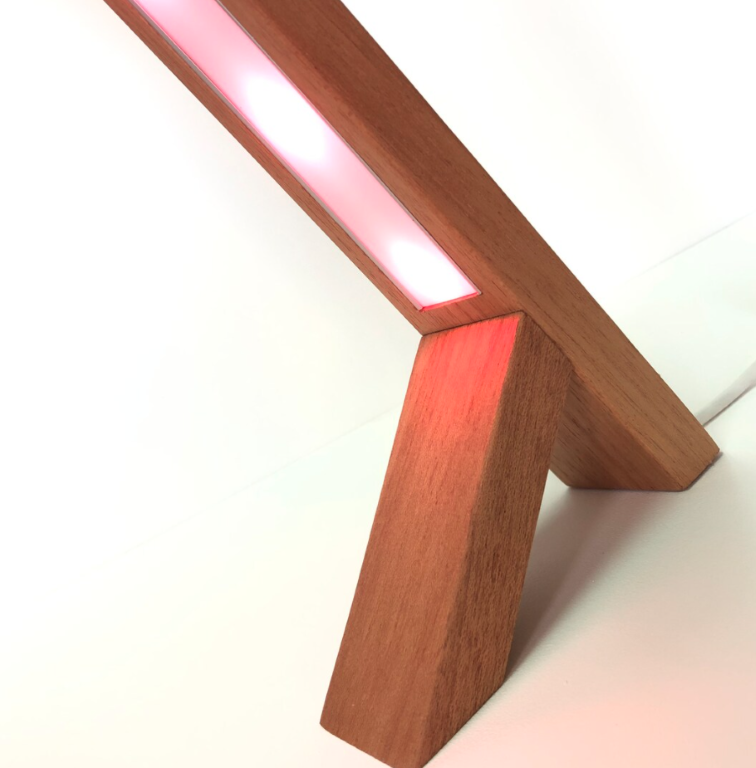
Why use LEDs?
- Energy saving
- Longer lasting
- Compact size
- Safer low voltage
- Multiple colour options
- Advanced controllability
Efficiency is key
The main reason why LEDs have an advantage over older types of lighting is that they are more efficient – and efficient in this sense means energy saving and therefore lower running costs.
Standard light bulbs are not very energy efficient at all and lose a lot of energy in heat. But with modern LEDs a lot less heat is produced and the whole process of converting power into light is much more efficiently done.
Guide to Energy Efficient Lighting
Size matters
Gone are the days when home lighting was limited to a single ceiling light and a couple of table lamps. Even the original LED diodes (shown at the top of the post) are fairly large and bulky compared to many modern LED chips. They can be absolutely minuscule which is why the possibilities for use are almost endless.
You may want a hidden strip of LEDs under your kitchen cupboards to shed more light on the work surfaces; or perhaps to illuminate your shelf full of golf trophies. They are perfect around the bathroom mirror and could even provide some mood lighting hidden under your bed. This kind of versatility and subdued lighting just isn’t possible with the shape and size of old-fashioned, standard light bulbs. However, with LEDs there is a huge choice of shapes and smaller sizes, including some ultra compact LED strips. These can be as slim as a credit card and as narrow as 4mm wide. Basically, they can be installed just about anywhere and are practically invisible.
High-tech. Low voltage
Most LEDs operate using a safer, low voltage power supply, such as 12 or 24 volt DC. This is why you’ll often see LEDs used with some sort of power pack, which converts your mains power into a safer lower voltage required to power the LEDs. The lower voltage also means controllability – a lot more in fact. From basic on/off timing to full WiFi automation. You can do just about anything with the right LEDs.
Choose from literally millions of colours, with remote control or voice commands. Change the whole mood of a room in a second – even control them from long distances! A lot of this functionality is not possible with regular light bulbs. So, not only are many LED systems much safer than traditional light bulbs, but they can also operate from lower power sources, such as solar, USB and batteries.
You know those handy little battery powered puck lights that help you see in the cupboard under the stairs? That runs forever off a single AA battery? You couldn’t do that with an old fashioned light bulb!
Go LED
Have you ever had to go hunting for a replacement bulb to fit your Swedish floor lamp, for the fridge, or for a car headlight? Been there, done that and I can tell you that it’s no fun traipsing around various DIY stores with a bulb in your pocket. Even going online can be a nightmare – taking different measurements to try and find the right size bulb, in what can be an extremely daunting selection of bulbs and technical data.
You can stop all that manic searching with LEDs because they can literally last a lifetime. So that means far less time wasted searching for replacement bulbs, ordering, collecting and waiting for them to turn up. No more sitting in traffic jams and DIY store shopping on your day off. So less stress for you – which is good for everyone! – and it’s also good for the environment too. As well as their compact size and limitless functionality, LEDs really are a fantastic alternative for a huge number of lighting applications.
Why not use LEDs?
LEDs are not for everyone. I know a lot of people who cringe at the idea of LED lighting because of the ugly plastic designs and clinical white light output. For many people when they think of LED lighting they immediately associate them with hospitals or offices – not always nice places to be. But whilst this may have been true many years ago, it’s definitely not the case nowadays. And I agree, LEDs used to be notorious for outputting harsh, head-ache inducing bright white light. Fast forward to today’s LEDs and they are available in a wide choice of colour options. Even with ‘simple’ white light you can opt for a subtle, soft warm glow or vibrant daylight – with stacks of shades in between.
The look of the bulbs themselves can be very important too. Who wants to invest in a beautifully crafted, handmade wooden bedside lamp to then have a hideous white plastic bulb displayed inside?
Luckily that doesn’t have to be the case any more. Just look at the beautiful Edison-style bulbs shown in this image. You’d be forgiven for mistaking them for old incandescent type bulbs. In fact these are all LEDs, carefully designed to perfectly mimic very fashionable, vintage light bulbs – with all the advantages of modern LED technology.
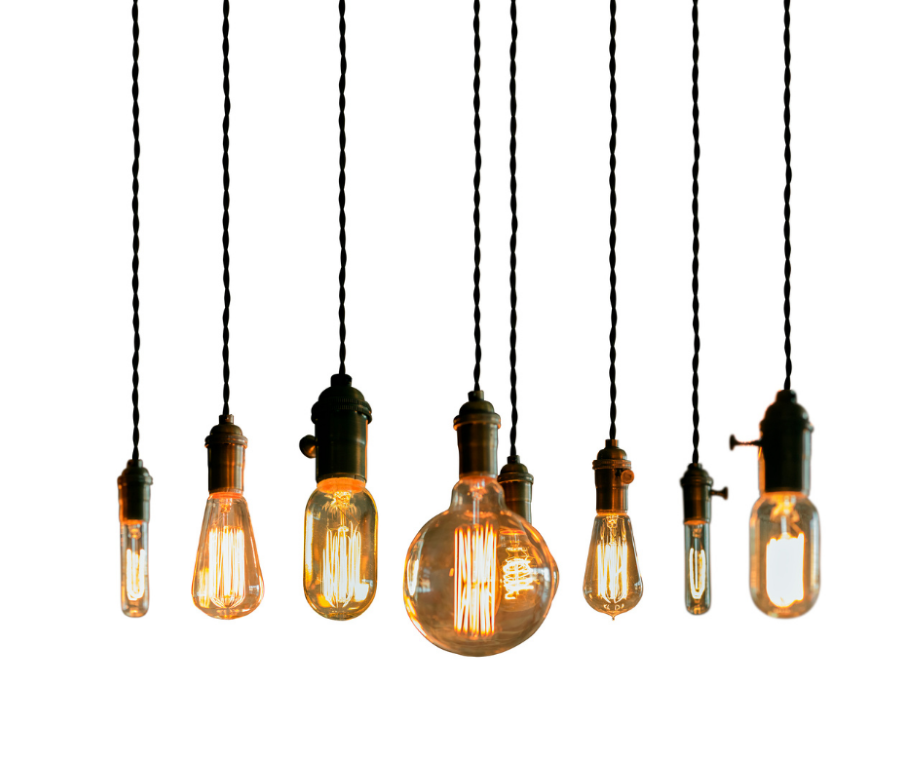
What an enlightening and wonderful combination of old and new – and I haven’t even mentioned ‘Smart homes’ or’ immersive technology’ yet!
Owen Duggan
LuxSabre – the art of illumination


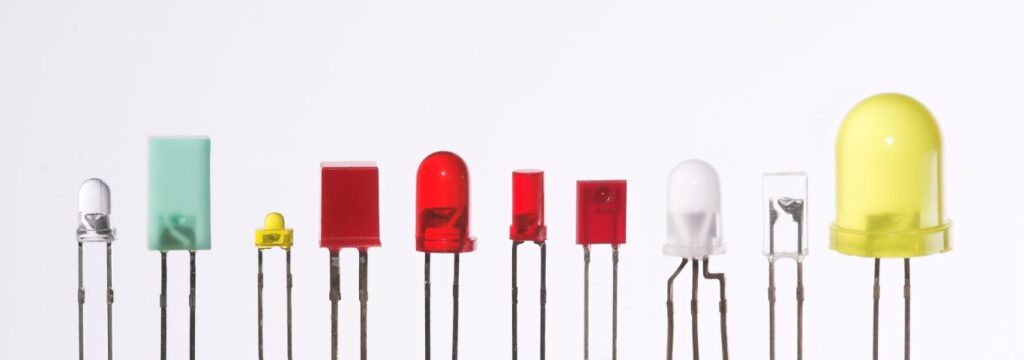

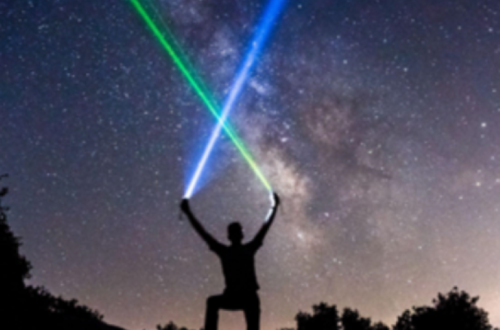
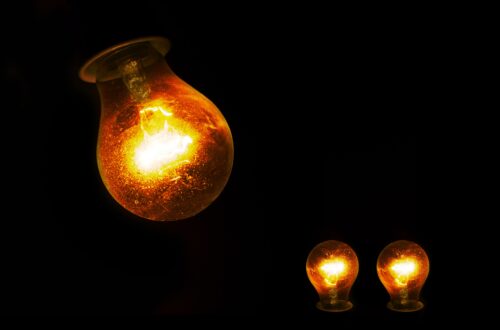

2 Comments
Pingback:
Afton Jackson
You caught my attention when you talked about how much safer LEDs are for the environment. Finding a way to improve our home’s ambiance while being eco-conscious has been tough for us, and I feel like this material will be perfect for such a thing. If I can find an electrician in the area, I’ll make sure this is something I ask from them so we can upgrade responsibly.